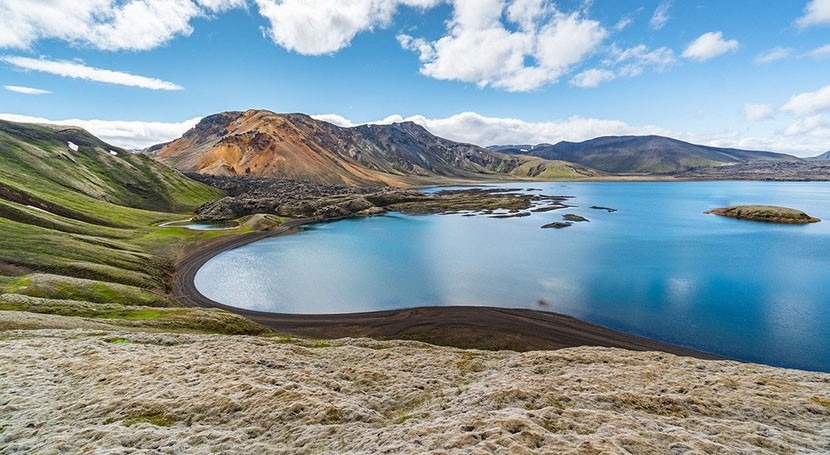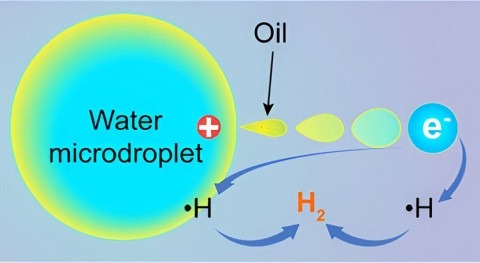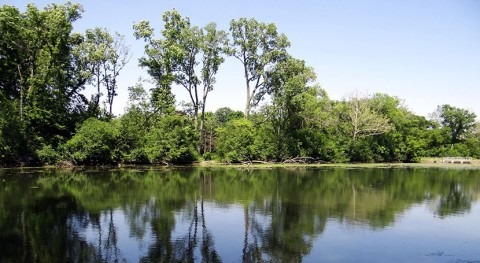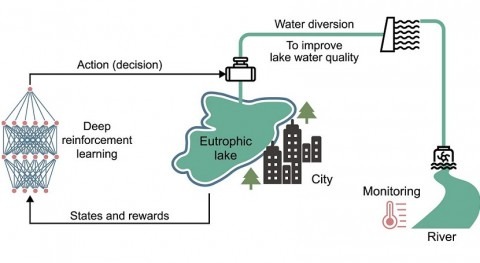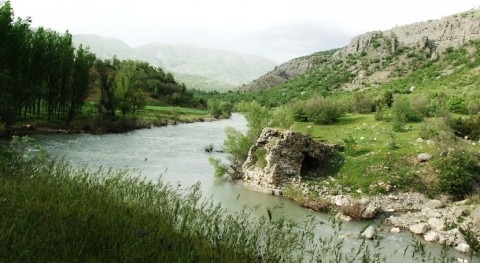As the main freshwater resources on Earth's surface, lakes play an important role in maintaining the stability of the ecosystem and the sustainable development of human society.
However, the quantitative evaluation of global lake water volume changes and the understanding of the characteristics of spatio-temporal differentiation are restricted, because the spatio-temporal representativeness of ground monitoring data is not sufficient and the observation of traditional radar altimetry satellites is limited to a few large lakes.
Recently, a research group led by Prof. Song Chunqiao from the Nanjing Institute of Geography and Limnology, Chinese Academy of Sciences, conducted a quantitative study on the various characteristics of water level and water volume of natural lakes over 10 km2 in the past two decades (2003–2020) with the help of satellite laser altimetry.
Their findings were published in Geophysical Research Letters.
In the study, the researchers combined the satellite laser altimeter ICESat and its subsequent satellite ICESat-2 to form the long-term time series lake water level observation data. They also analyzed the spatial pattern of global lake hydrological changes since the 21st century.
The results showed that the two generations of satellites could monitor the level-volume variation of about 6,500 lakes (>10 km2), and the total water volume of observed lakes accounted for 94 percent of the total water volume of global lakes.
About 54 percent of the lakes had a significant trend of water level change from 2003 to 2020, 80 percent of which showed an upward trend
About 54 percent of the lakes had a significant trend of water level change from 2003 to 2020, 80 percent of which showed an upward trend. As a result, the total water volume of the observed lakes increased at a rate of 10.88 ±16.45 Gt (1x109 t)/yr from 2003 to 2020.
By extrapolating the area weight of the observed lake water level change rate to other unobserved lakes in the same basin, they estimated the global water volume change of about 14,700 natural lakes (>10 km2), with a total change rate of 16.12±20.41 Gt/yr during the study period.
"The inner Tibetan Plateau in Asia, the Great Lakes region in North America, the Great Rift Valley in East Africa, northern Europe, and the Amazon are typical regions showing significant lake volume increases. The total increase of water volume in these five areas accounts for 60 percent of the total water volume in the observed lakes," said Prof. Song.
Although the water level of most of the world's lakes increased in different degrees during the study period, many lakes located in arid/semi-arid and high water-stress regions still showed significant water level decline and severe water loss.
"As the climate continues to warm and the water demand for social and economic development increases in the future, these shrinking lakes will become even drier without further protection policies and actions," said Luo Shuangxiao, the first author of the study.


